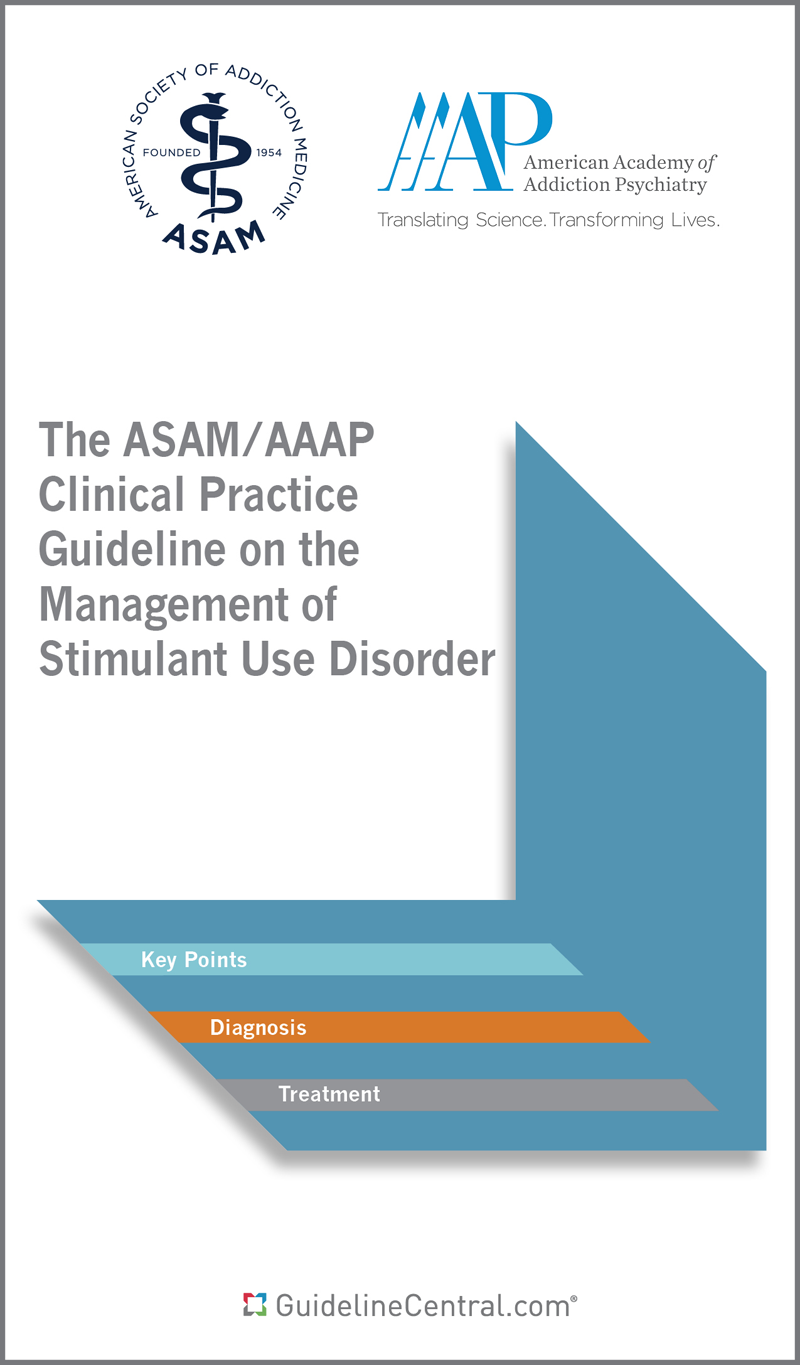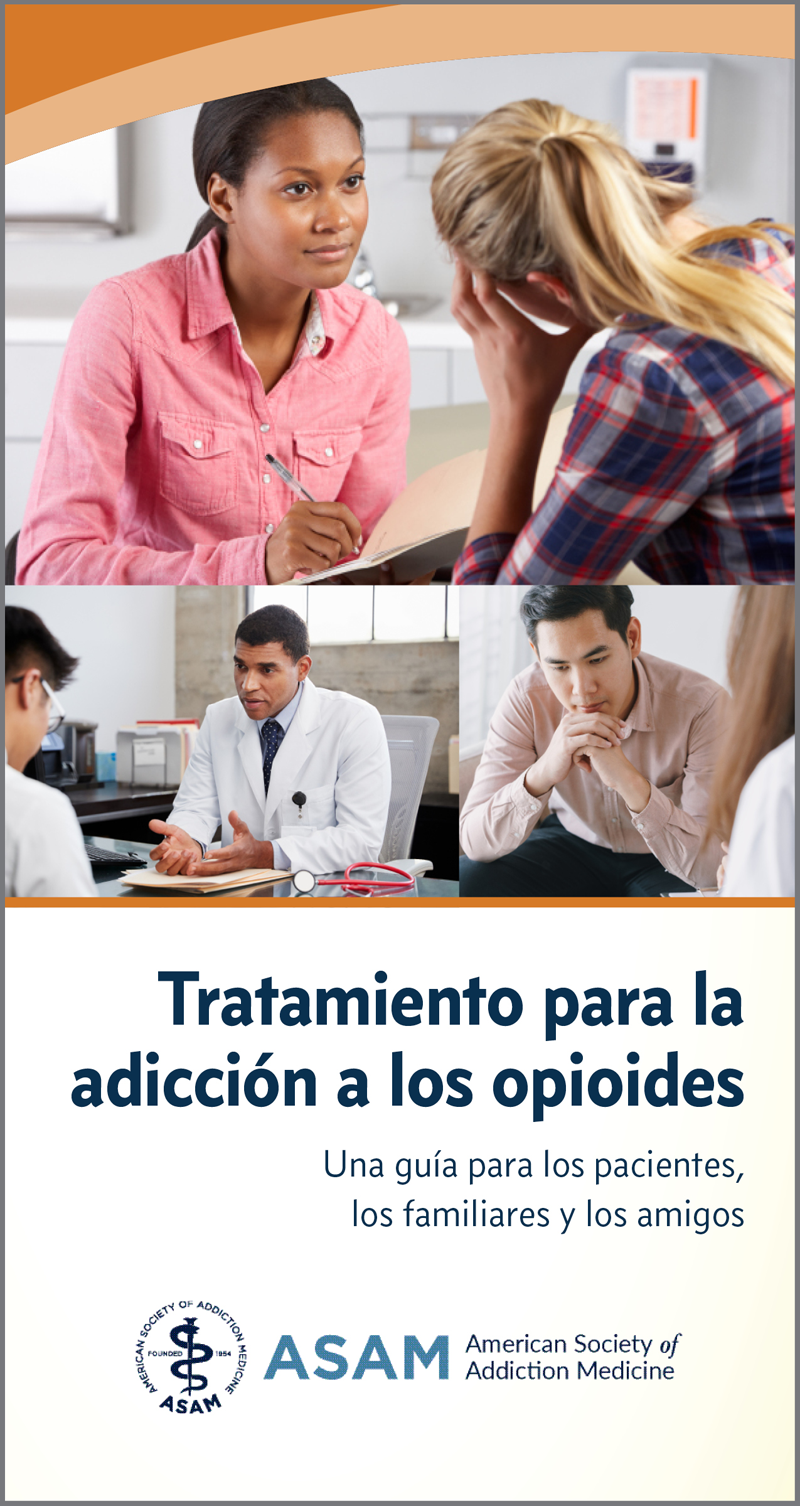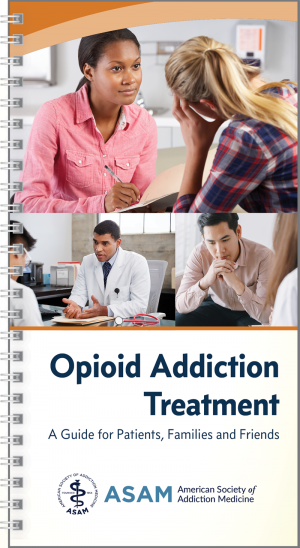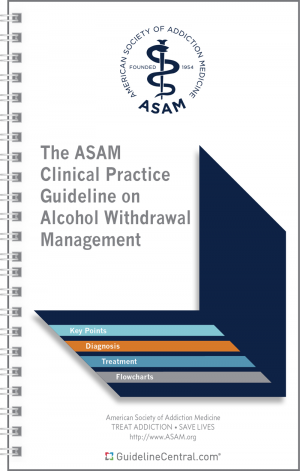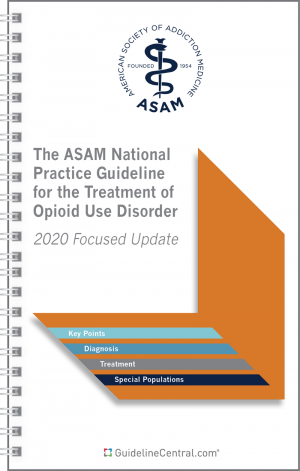Management of Stimulant Use Disorder
- 30 pages
- Spiral Bound
- 80# Aqueous Coating
- 4.25" x 7.25"
- Ships in 5 – 10 business days
- Key Points
- Background
- Key Takeaways
- Diagnosis
- Treatment
- Behavioral Treatment
- Pharmacotherapy
- Co-occurring Disorders: General Guidance
- Population-Specific Considerations
- Stimulant Intoxication And Withdrawal
- Secondary and Tertiary Prevention
- Harm Reduction
- Tables
- Medication Dosing in Clinical Trials
- Medications for Managing Intoxication
- Algorithm
- Management of Stimulant Use Disorder
- For purchases under 100 in quantity, we suggest placing the order directly through the website.
- We offer group/institutional licenses for multi-user accounts (discount amount varies depending on the number of users).
- We are proud to offer special discounts to medical schools, training programs, students and more.
- We offer bulk purchase discounts based on number of copies and number of titles.
Contact Us for more details
AAAP is a national professional society that focuses on evidence-based prevention, treatment and recovery approaches, particularly for people with substance use disorders and co-occurring psychiatric disorders.
Description
This resource is for informational purposes only, intended as a quick-reference tool based on the cited source guideline(s), and should not be used as a substitute for the independent professional judgment of healthcare providers. Practice guidelines are unable to account for every individual variation among patients or take the place of clinician judgment, and the ultimate decision concerning the propriety of any course of conduct must be made by healthcare providers after consideration of each individual patient situation. Guideline Central does not endorse any specific guideline(s) or guideline recommendations and has not independently verified the accuracy hereof. Any use of this resource or any other Guideline Central resources is strictly voluntary.
